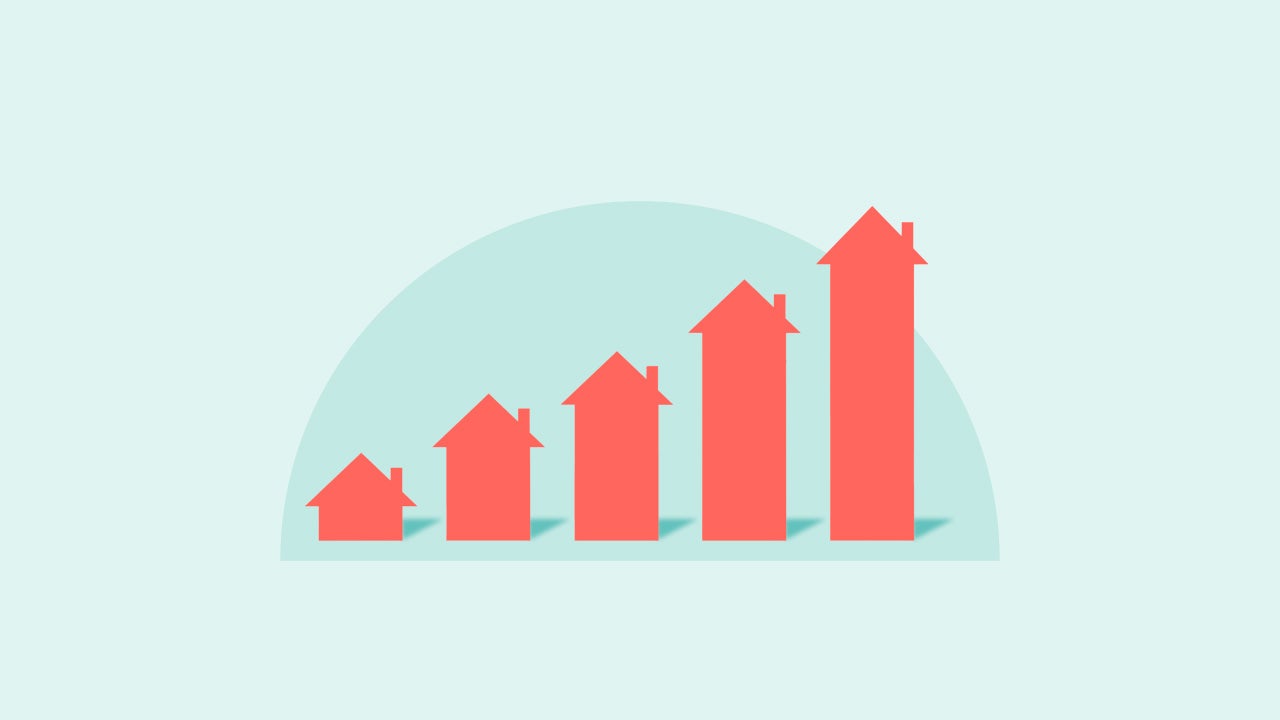- SBA’s biggest lending program is expanding. So are its problem loans
- Juneau Assembly OKs $1M loan to revive downtown Gross-Alaska Theatre for housing
- Oak Creek company owes $2.3M settlement over false PPP loans
- Country Star Paid off Sister’s Student Loans for Christmas—and Her Reaction “Had Me Weeping”
- HTX’s Flexible Crypto Loans Goes Viral and May Spark a New Lending Trend in the Bull Market
Richard Drury/ Getty Images; Illustration by Austin Courregé/Bankrate
As the New Year looms, there’s a new low in home equity lending. The $30,000 HELOC (home equity line of credit) plunged nine basis points to 8.43 percent—rates we haven’t seen in about a year and a half, according to Bankrate’s national survey of lenders. In contrast to HELOCs’ significant drop, the average $30,000 home equity loan didn’t budge, remaining at 8.41 percent.
Bạn đang xem: HELOCs Plummet, Loans Steady As the Holidays Arrive
Since the Federal Reserve began cutting interest rates this autumn, HELOC rates have been trending lower. The question is: Will they continue to fall in the upcoming year?
Xem thêm : IMF to review $44 billion Argentina loan in key step toward new deal
“How much lower HELOC rates will go in 2025 is unclear at the moment,” says Melissa Cohn, regional vice president of William Raveis Mortgage, a Connecticut-based lender. “Ongoing strength in the economy will slow down the pace of any future rate cuts. Policies of the new administration on tariffs, immigration and tax cuts are seen as inflationary and could cause the Fed to pause on any further cuts.
“The Fed reacts to the economy. If it remains strong, cuts will be fewer than expected,” she adds.
| Current | 4 weeks ago | One year ago | 52-week average | 52-week low | |
|---|---|---|---|---|---|
| HELOC | 8.43% | 8.56% | 10.11% | 9.13% | 8.43% |
| 15-year home equity loan | 8.49% | 8.49% | 9.08% | 8.69% | 8.37% |
| 10-year home equity loan | 8.56% | 8.55% | 9.07% | 8.73% | 8.46% |
| Note: The home equity rates in this survey assume a line or loan amount of $30,000. | |||||
What’s driving home equity rates today?
While HELoan rates have sunk but bobbed around a bit in recent months, HELOC rates have steadily moved lower in 2024 — and the pace quickened with the onset of autumn. Their moves are currently being driven by two factors: lender competition — as banks and mortgage companies try to attract applicants with low-for-a-limited-time loan terms — and the Fed’s actions. On Dec. 18, the Fed cut interest rates by a quarter point at its final meeting of the year.
“HELOC rates will be sensitive to declining interest rates and borrowers will see rates steadily moving lower, even faster than fixed-rate home equity loans,” says Greg McBride, chief financial analyst at Bankrate. “HELOC rates could fall faster than credit card rates, particularly if competition brings about introductory offers and if credit card issuers are skittish about delinquencies and slower to pass along lower rates.”
What influences home equity loan rates?
Several factors can influence rates on home equity loans and HELOCs.
Chief among them: changes to the Federal Reserve’s monetary policy. New home equity loans and HELOCs are tied to the prime rate, which tends to move alongside the benchmark interest rate that the Fed adjusts. As a result, when the Fed raises rates, borrowing costs on equity-based loans tend to go up. And the opposite happens when it lowers rates.
The Fed’s moves influence the general direction of interest rates not just for home equity loans, but also for consumer loans and financing in general. However, because they use your home as collateral, HELOCs and HELoan rates tend to be more akin to current mortgage rates — and much less expensive than the interest charged by credit cards and personal loans, which aren’t secured.
Comparing consumer loan rates
The Fed’s monetary policy influences interest rate trends overall and the rates lenders advertise. However, the individualized offer you actually receive on a particular HELOC or new HE Loan reflects an additional factor: your creditworthiness — specifically your credit score, debt-to-income ratio, and the value of the home you’re putting up as collateral.
Nguồn: https://marketeconomy.monster
Danh mục: News

